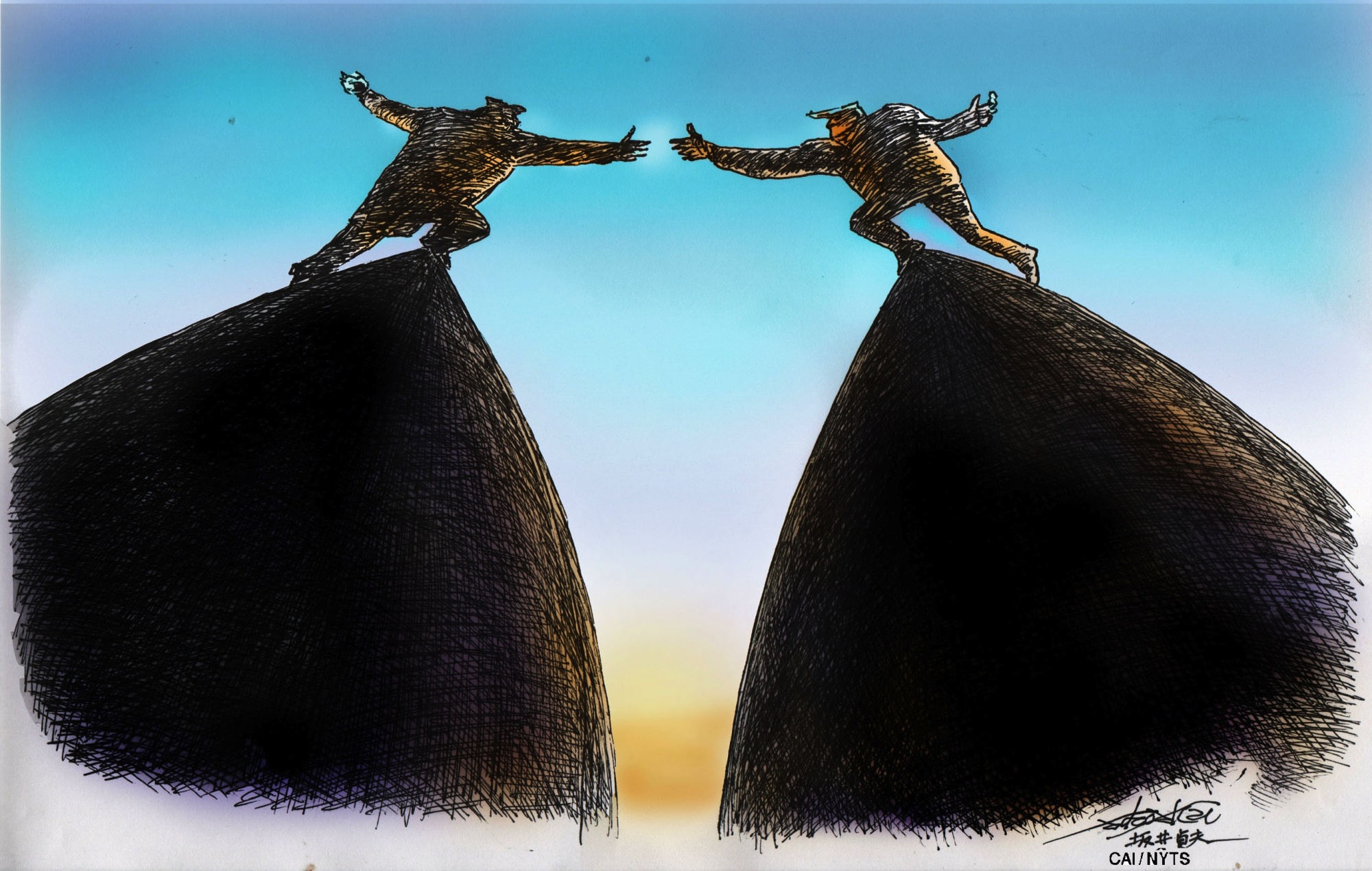Now that the shock of U.S. President Donald Trump's decision to meet with North Korean dictator Kim Jong Un in May has worn off, it's time to consider the broader strategic implications of how the United States can best approach Kim's lethal regime in particular, and Asia in general.
Let's start with the tactical: Trump's remarkable gamble of essentially "taking a meeting" with Kim — seemingly without any prior planning or even developing a basic agenda — is a fascinating new twist on traditional diplomacy. It will certainly capture headlines (and take a few away from Stormy Daniels), but will it really change anything? Doubtful. To reverse the old cliche of "it'll get worse before it gets better," the likelihood is that this one will get better before it gets worse (again). The fundamentals are bad, to say the least.
The likelihood of Kim ever giving up his nuclear weapons approaches negative infinity. After all, the reason he is willing to slow his program and come to a meeting with Trump is not the president's "fire and fury" rhetoric — it is the simple fact that he and his scientists have worked hard, spent an enormous amount of his country's limited resources, and built a boutique nuclear capability with demonstrable reach. That makes him, like Pinocchio, a "real boy" in the world of nuclear powers. He will never give that up, especially having watched other dictators like Iraq's Saddam Hussein and Libya's Moammar Gadhafi topple after walking away from their weapons of mass destruction.



